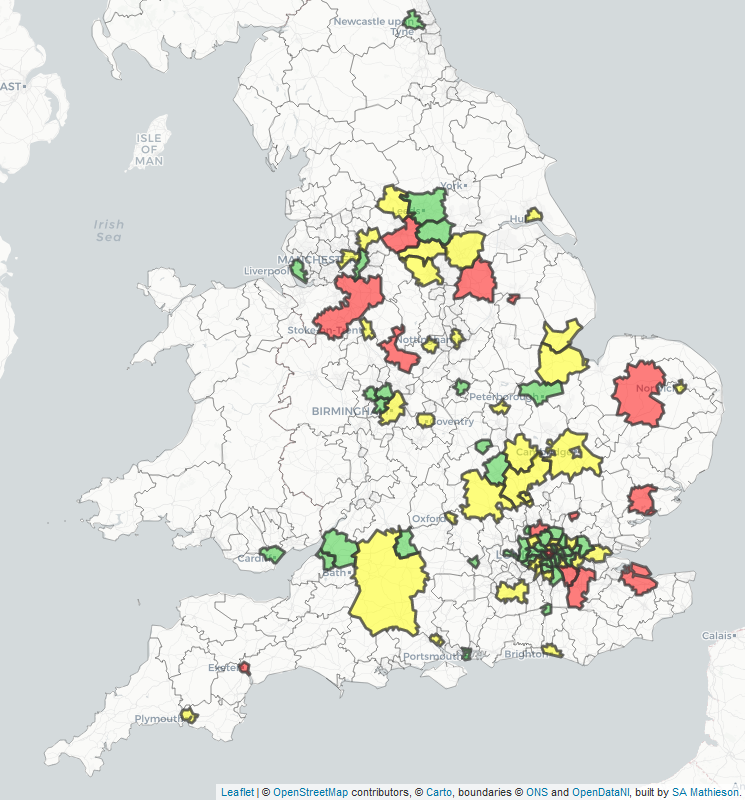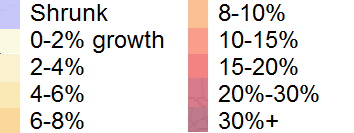I have been visiting museums and galleries over the summer, partly to write a Geek’s Guide for the Register on Oxford University’s history of medical science leading to its ChAdOx1 nCoV-19 vaccine, partly for the joy of it. But some visits are marred by unnecessary digital barriers put up during the pandemic that should now be scrapped.
One museum (not in Oxford) required separate timed online tickets to enter and for each special exhibition, which meant guessing how long you would spend in one exhibition to meet the 30-minute time-slot for the next one. One gallery was asking visitors at its door to book a free online ticket before entering, although it looks like it has since changed its policy. Continue reading “Time to drop digital booking barriers for visitors”


